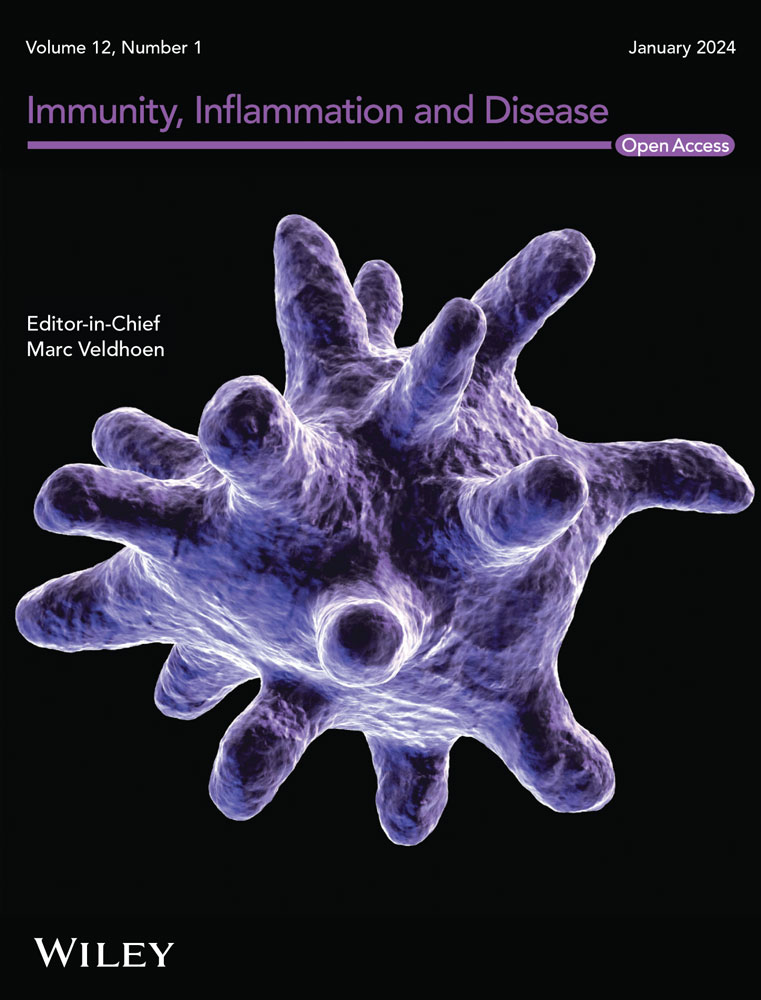Seroprevalence of SARS-CoV-2 Antibody Before and After Both Vaccination and Natural Infection in China
Abstract
Objective
This study aims to analyze the effects of temporal SARS-CoV-2 antibodies in China before and after both vaccination and natural infection, thereby providing an empirical basis for evaluating the effectiveness of various prevention methods, including vaccination.
Methods
IgG antibodies against SARS-CoV-2 were determined using chemiluminescence immunoassays, and antibody data was collected from published articles starting in early 2020 and from patients scheduled for surgery at the Hospital of Dalian Medical University between January 2022 and January 2024.
Results
A SARS-CoV-2 infection epidemic in Wuhan in January 2020 led to a 3.2% seropositivity rate of SARS-CoV-2 antibodies (total antibodies). While the seropositivity rate for SARS-CoV-2 antibodies in mainland China reached 37.2% following the implementation of China's zero-COVID policy and the immunization rate was above 90% in January 2022. By the end of 2022, the Chinese government eased strict control measures, resulting in a SARS-CoV-2 antibody (IgG) positivity rate of 86.7% in January 2023. In January 2024, the positivity rate for SARS-CoV-2 antibodies in post-pandemic was recorded at 94.0%. Antibody levels in the early part of 2023 were considerably higher than those measured in January 2022 (68.66 vs. 10.21, p < 0.05); that in early 2024 were not substantially higher than those in January 2023 (49.29 vs. 68.66, p > 0.05).
Conclusions
The results of this study indicated that the immune barrier established by inactivated vaccines could be disrupted by the natural infection with SARS-CoV-2, resulting in a higher level of antibody production than vaccination. This effect can last for more than a year.


 求助内容:
求助内容: 应助结果提醒方式:
应助结果提醒方式:


